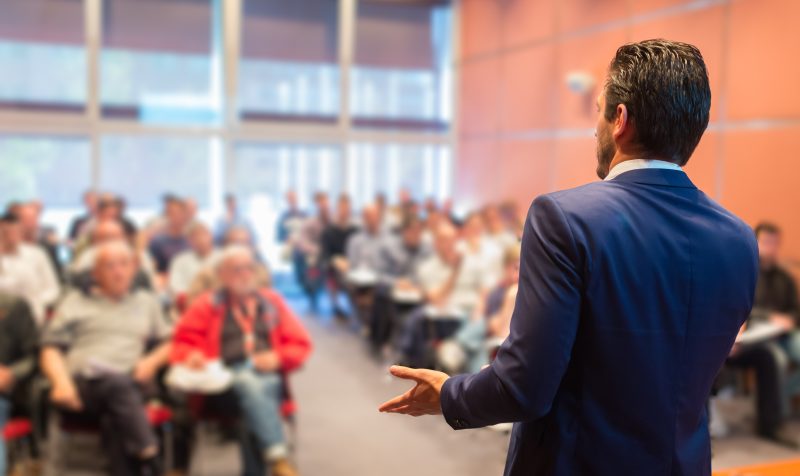At a very early age, children begin to form ideas or perceptions about the world around them. Specifically, children learn from their parents and those around them about other groups of people, things, institutions or events in life.
Over time and with constant reinforcement of these perceptions, children grow into adults that hold these biases. The bias is a prejudice or stereotype that is negative or positive against that other group, person, institution or event.
These biases just become a way of thinking. They are so ingrained and deeply held that they are not something that is consciously processed or even considered by the thinker. An unconscious bias causes a person to act or think differently about someone or something for reasons that may be currently unknown or not considered by the thinker.
Training
Through unconscious bias training, which may also be called implicit bias training, individuals can discover these hidden perceptions that are shaping their way of interacting, responding, evaluating or assessing others or other things in their life.
Often people express a public opinion, a conscious thought, that is at odds with their unconscious bias. Through unconscious bias training, these mismatches can be discovered and addressed, helping the thinker to understand if she or he is making a decision based on an unconscious bias.
What to Consider
It is important to understand that everyone has positive and negative biases, there is no one that is immune from biases. However, through unconscious bias training managers, employees, police officers, teachers, clergy and anyone interacting with others can determine their own natural unconscious biases, both positive and negative.
The purpose of this training is not to indicate a “good” or a “bad” person. Instead, it provides insight as to how the unconscious bias may be shaping your interactions with others and the workplace culture and diversity.






